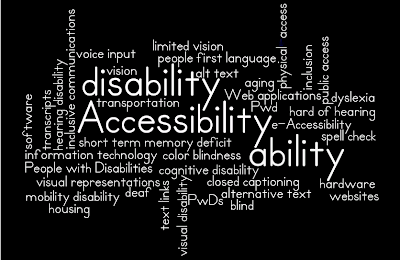Chris Christensen, co-founder of a new website called Blogger Bridge which connects bloggers to people who want to hire them just spoke to my entrepreneurs Meetup group in Sunnyvale about how to build your reputation through podcasting.
He also owns and runs AmateurTraveler.com which is a popular online travel show (more than a million downloads a year) that focuses primarily on travel destinations. It includes a weekly audio podcast, a video podcast, and a blog. Here’s a sample episode. This particular one is called Travel to Morocco – Episode 397.
Travel to Morocco – Episode 397
Travel to Morocco – Episode 397
A podcast is a show on any topic in audio or video format that is an attachment to a blog through an RSS feed. Christensen says podcasting is a great way to build your brand. Here are 10 tips on podcasting from his talk:
1. Podcasting is in style again mostly due to the growth of mobile. After a relatively quiet period of a few short years, podcasting is hot again. People listen to or watch broadcasts on the go while walking the dog, driving or exercising through smartphones or other mobile devices.
2. Podcast consumption is stronger in audio. Audio files sizes are smaller and they are more easily consumed on the go, for example, while driving. It’s hard and of course illegal to watch a video while driving.
 3. Microphones popular with podcasters range in price from around $100 to $350. Styles include larger ones that stand by themselves, smaller ones that you hold in your hand and teeny tiny ones that are designed to hook up to a smartphone. Christensen likes the Blue Yeti brand the best.
3. Microphones popular with podcasters range in price from around $100 to $350. Styles include larger ones that stand by themselves, smaller ones that you hold in your hand and teeny tiny ones that are designed to hook up to a smartphone. Christensen likes the Blue Yeti brand the best.4. Podcasting is a very personal medium. People may act they you are old friends when you first meet them.
5. Podcasting is not great for immediate response marketing, for example, if you need someone to click on something or take a fast action. Christensen likes evergreen content the best but also says that news shows can be popular too.
6. Podcasting is great for building a reputation or brand. This is because if done right, podcasting can establish you as an expert.
7. Roundtable discussions through Google Hangouts are becoming all the rage now. Link your Hangout account to your YouTube account and the session can be recorded for re-play.
8. Not all podcasts need to be edited. If you do need to edit, Christensen recommends Garage Band available on the Mac and Audacity.
9. You can just post your podcast on your own blog or syndicate. Christensen recommends sites like Libsyn.com or Rawvoice.com for syndication.
10. Allow up to eight hours to plan, finish and promote one podcast. Christensen’s “feature-length” travel podcast takes eight hours. A non-edited show takes two to three times the length of the show. A scripted show takes more time. An edited show takes Christensen about an hour per 10 minutes of audio to edit. In case you are wondering, Christensen is highly envied by the other entrepreneurs in our meet-up group because he actually gets all expenses paid trips around the globe due to the large following of his travel website. Way to go, Chris!
### Michelle McIntyre is a high tech public relations consultant in Saratoga, Calif., who regularly blogs on her own website as well as for several West Silicon Valley Patch sites.
Photo credit (camel): iStockPhoto.com
Photo credit (microphone): Michelle McIntyre






























